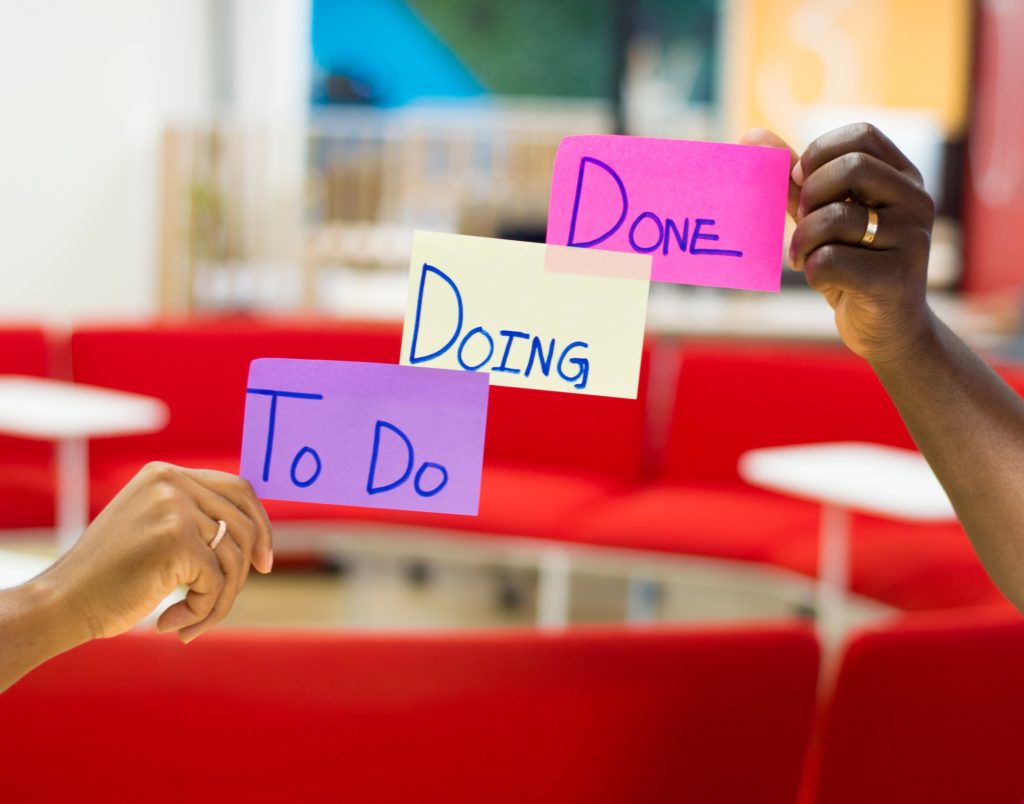
The degree of disruptive change in 2020 was unprecedented, and 2021 looks like it will be another year of change ahead. Some sectors like telecommunications or education are well versed in frequent innovation or policy related developments across their networks; but for others it has been a baptism of fire. Businesses have been forced to change at breakneck speeds, and with little warning.
So what can we expect for the year ahead? 2021 is the year for organisations to embrace a fundamental shift in their planning, and to shelve rigid five year strategies in exchange for flexible and agile annual or six monthly plans. This is the time for business models to be challenged and reinvented based on the new shape of our environment post pandemic. Now that Covid19 has broken the mould, it is an opportunity to do things differently. It is a chance to finally set aside those unhelpful legacy protocols or frameworks and create a brave new, better world.
There is of course often resistance to change, and; having ridden the pandemic rollercoaster; many individuals may be feeling ‘change or upheaval fatigue’ and simply want things to ‘settle down’. However, whether or not we are aware of it; things never stay the same; we as individuals are constantly evolving as humans; as the world does around us. We can either try to resist this flux or embrace and pro-actively run with it.
Some considerations around embarking on people centric change and making agile plans:
- Consider the interplay between the business and the people – Change involves the business dynamic and the people dynamic; and these are very separate spheres. Ideally people are at the heart of the change and empowered to shape change from within, as well as top down. Plan how to best involve key staff at the right time.
- Understand staff expectations – There can be a big disconnect between management and staffs’ views on change. Some employees may view the change as unwelcome (more work and stress), whereas management may see this as an exciting opportunity. Paul Strebel[1] states that there are ‘personal compacts’ (reciprocal obligations and mutual commitments) spanning three dimensions: ‘the formal, social, and psychological agreements between the manager and the employee’. Take the time to understand the commitment and expectations of staff and not to make assumptions.
- Gauge the well-being temperature – Based on the tumult of the pandemic, individuals are stretched out along a continuum from coping well to ‘hanging on in there’ and may well be in survival mode. Check in with staff – how are they feeling and what are they struggling with?
- Face the elephant in the room – Identify the cultural, system or people barriers which are going to impede idea generation or implementation from the offset. Then figure out how to mitigate and navigate. If teams are strong at idea generation but not so hot as ‘completer finishers’ – find people who are.
- Leverage story telling – Seek to embed the rich learning and experiences of teams in shaping the new model or plan – what stories (good or bad) are there to learn from inside and outside the organisation?
- Tailor and adapt communications and interactions – Use a range of communication channels to engage staff and make adaptations to suit remote working; recognise people’s other pressing commitments – e.g. child or adult care and provide multiple fora for engagement.
- Fully explore all options available – Quite often there is a sense of the direction of travel before all avenues have been explored and sound opportunities can be missed. Scope out relative advantages or limitations and back these up with evidence. If the resourcing model is being refreshed explore a range of options: outsourcing, temporary resource, shared services, or growing new skills organically.
- Sell the benefits of the change – Be clear about communicating what is not working now and the positive impacts of the change at a strategic and operational level. Make no assumption that staff will see the value – articulate how their lives will improve at a granular day to day team level.\
- Empower individuals – How are individuals at different levels empowered to bring their ideas to the table and get involved? Why should they engage if the project is a ‘fait accompli’ or they are kept on the periphery of ‘the action’.
- Dare to explore with dynamic plans – Don’t be scared of trying out new innovative approaches where you can afford to take risks. Adopt an iterative ‘plan, do, review and revise ’ approach to all plans. If it doesn’t work exactly as hoped, modify and/or change course; and use it a learning curve.
- Adopt a supportive ‘no blame’ culture – don’t punish people for trying things out or taking a calculated risk – we all learn best from our mistakes. Fear restricts confidence and creativity.
Are areas of your business not working as well as they could? Are you thinking of re-shaping your business model functions or areas of activity?
Get in touch to share your ideas and find out how I may be able to help you:
- Reviewing the ‘as is’ state
- Idea generation
- Engaging stakeholders
- Designing your new model or blueprint
- Planning the change
- Implementing the change
[1] https://bopublicpolicyblog.wordpress.com/2018/11/18/article-review-why-do-employees-resist-change-by-paul-strebel/